

In community-wide drinking water systems, which serve folks who don't have private wells, four steps are needed to get drinking water to our homes. Look for the four links on the city map.

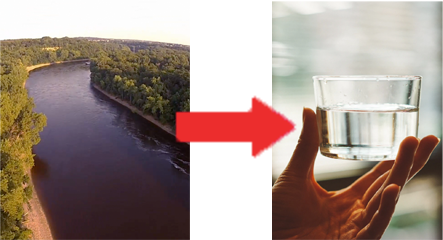
How does water from our rivers and lakes get transformed into the sparkling beverage that fills your glass?
Take a deep dive into a water treatment plant to learn more.


Before this process can start, the first step is drawing water to be treated from a surface source, such as a river or lake, or from underground aquifers.
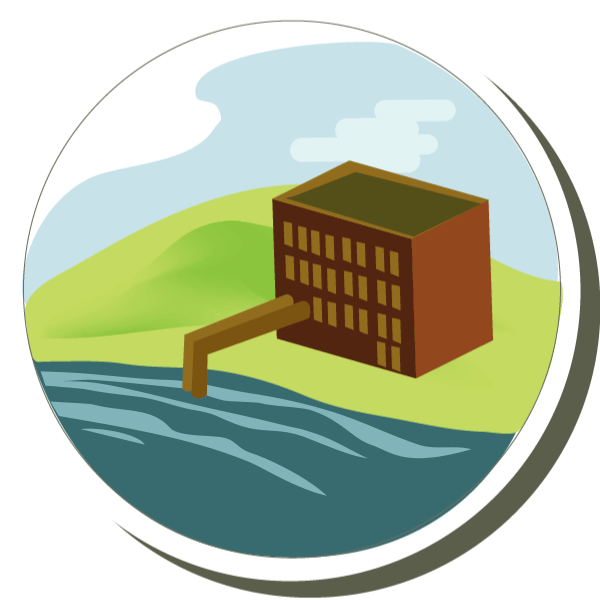
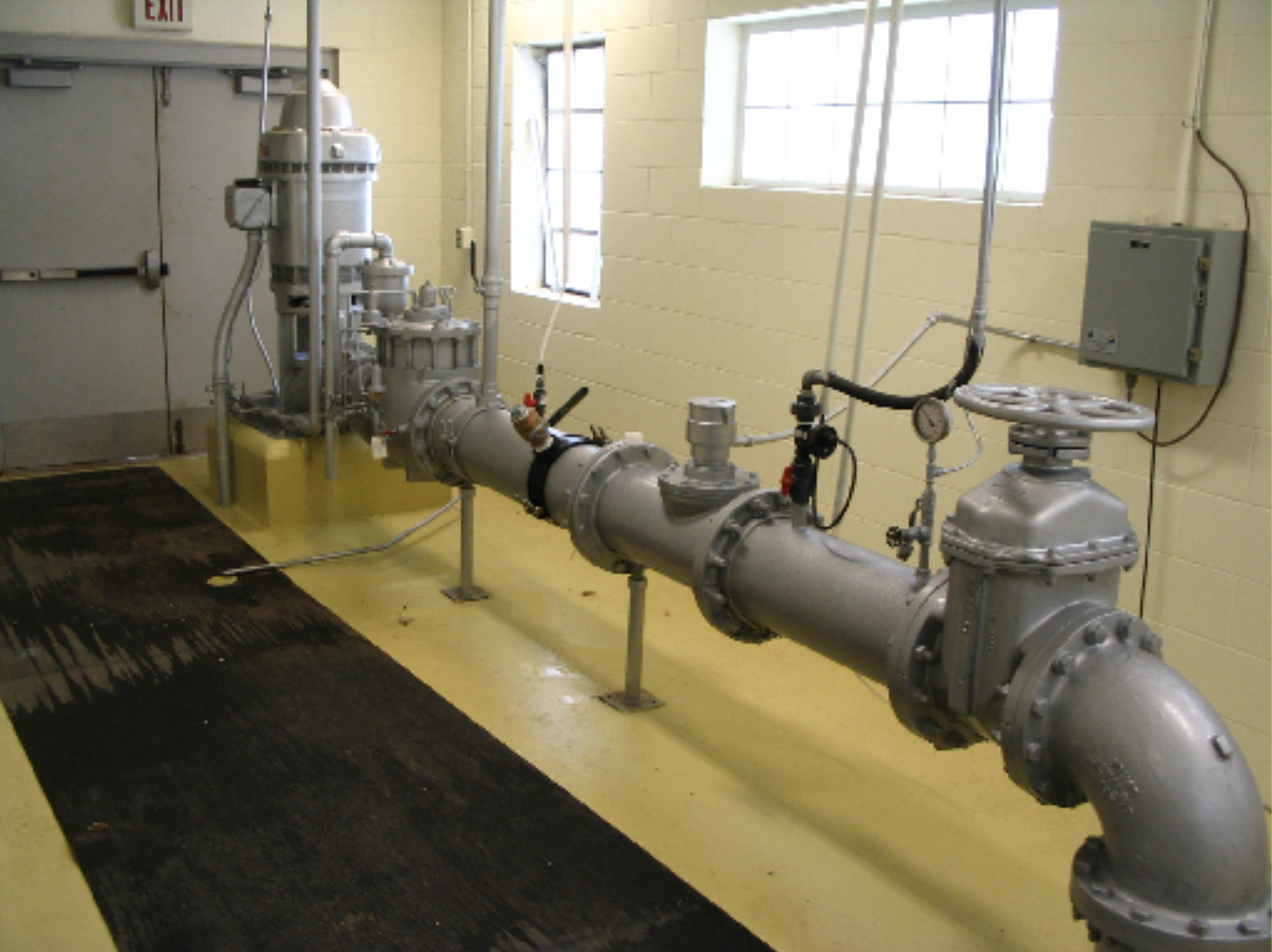
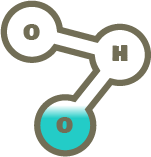

In this stage, chemicals such as ferric chloride and cationic polymer are also added into the water. They've got complicated names, but what they do is simple: the chemicals start the removal of any dirt and grit in the water.
When the chemicals begin to react particles of dirt stick together and form clumps called "floc." When the floc clumps get big and heavy enough, they sink to the bottom of the tank.
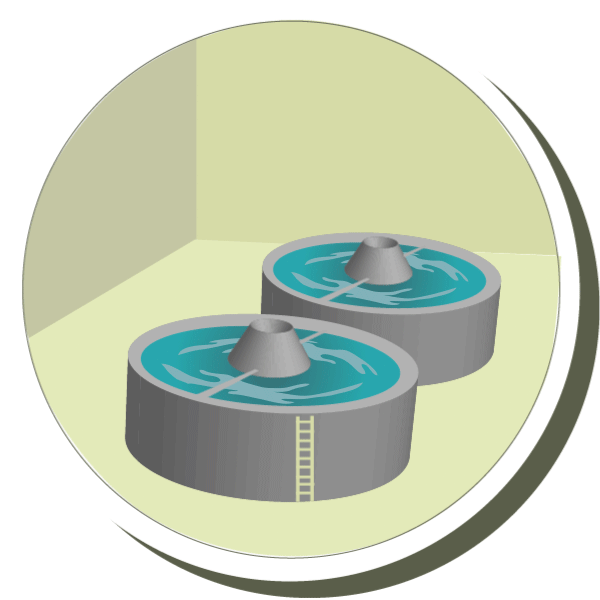
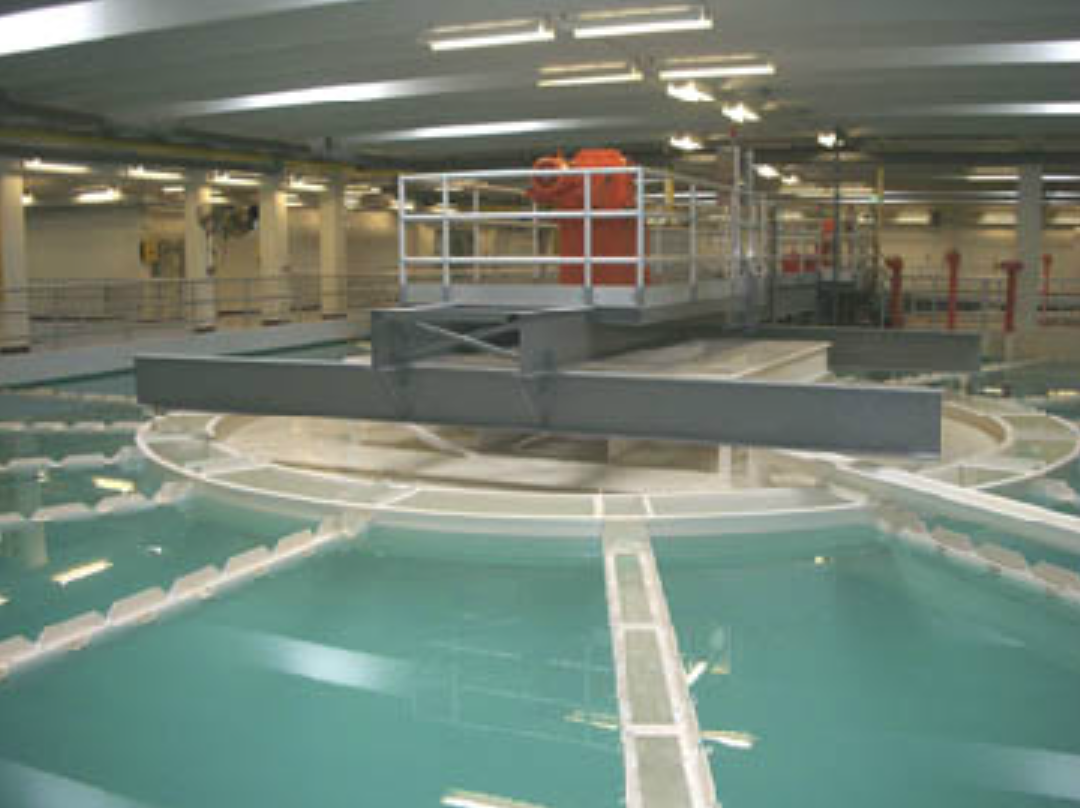
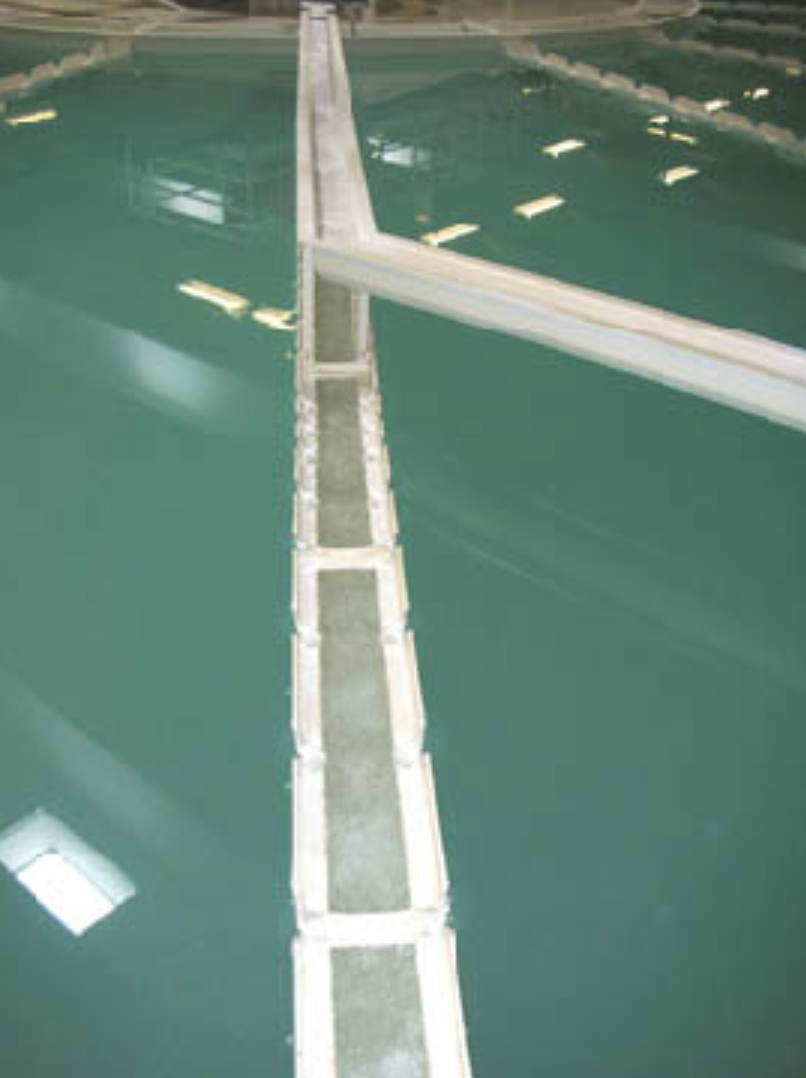

After the flocculation stage, the heavy clumps settle to the bottom of the sedimentation basin. After they're settled, they're vacuumed up and the water flows into the fourth stage of water treatment.
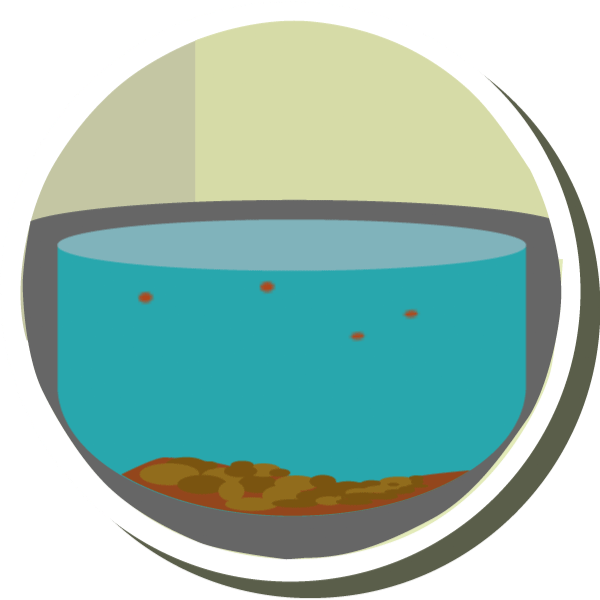
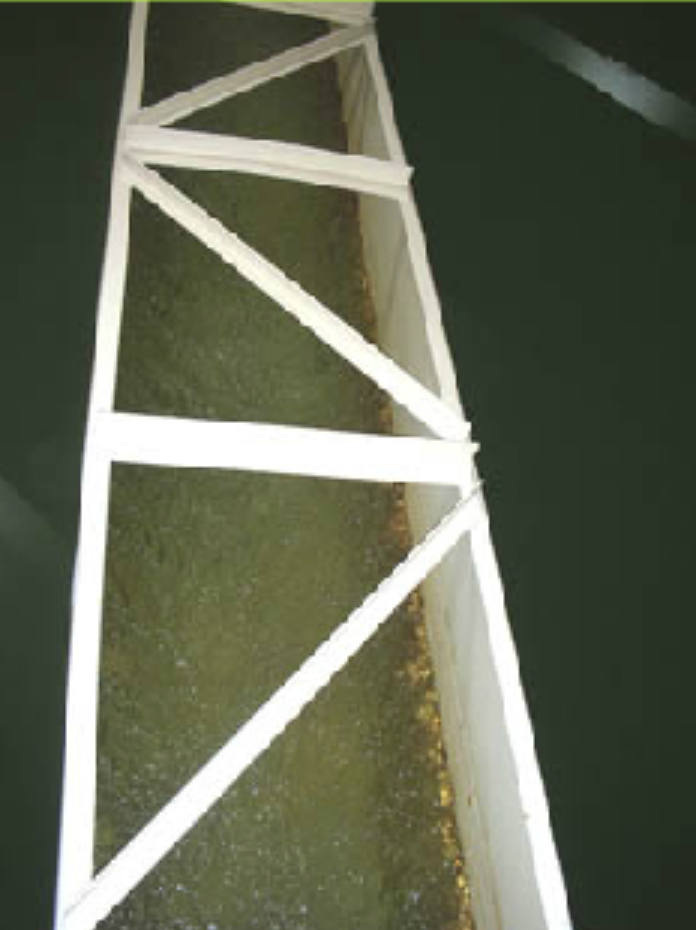
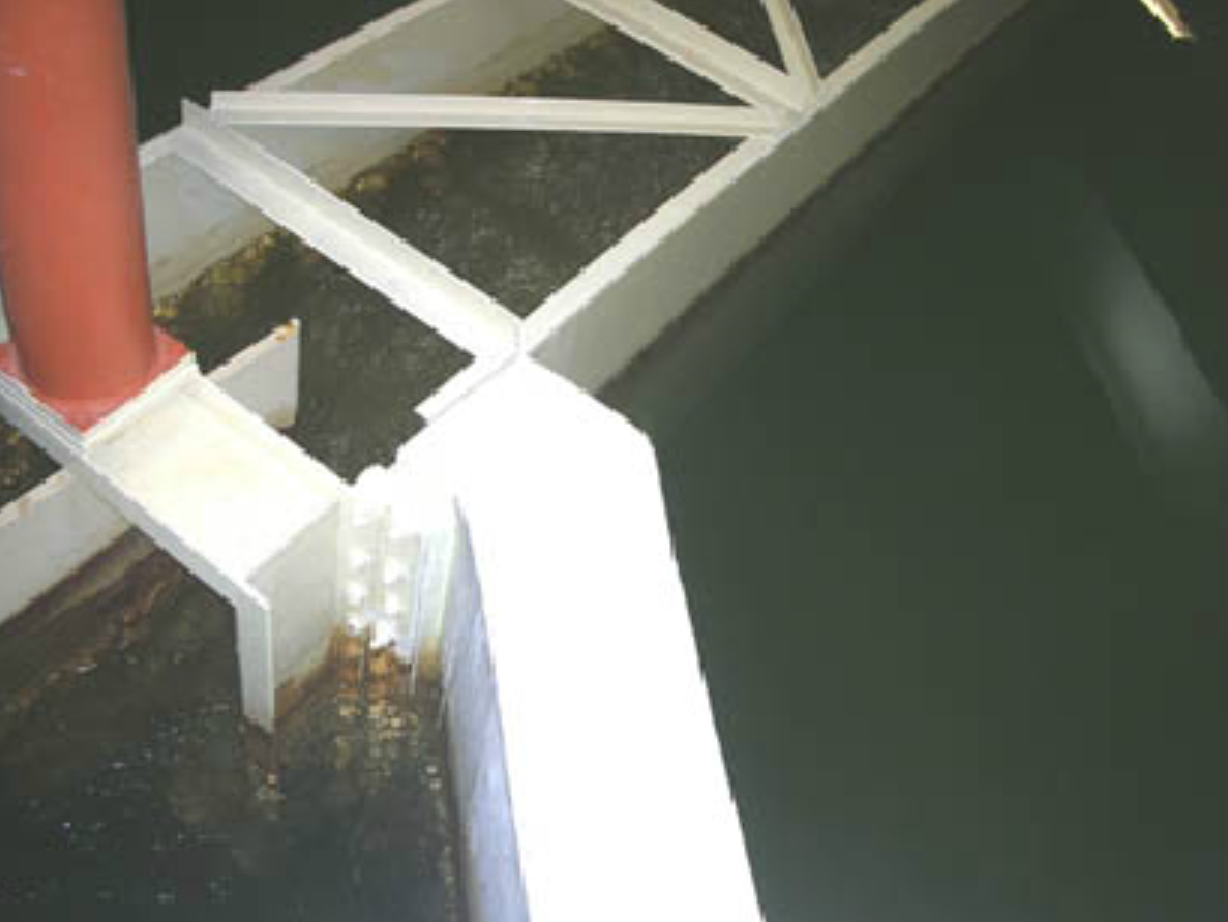


In filtration, water flows into filters and sinks through layers of fine coal, sand, and gravel. Stray particles left in the water are trapped in the layers.
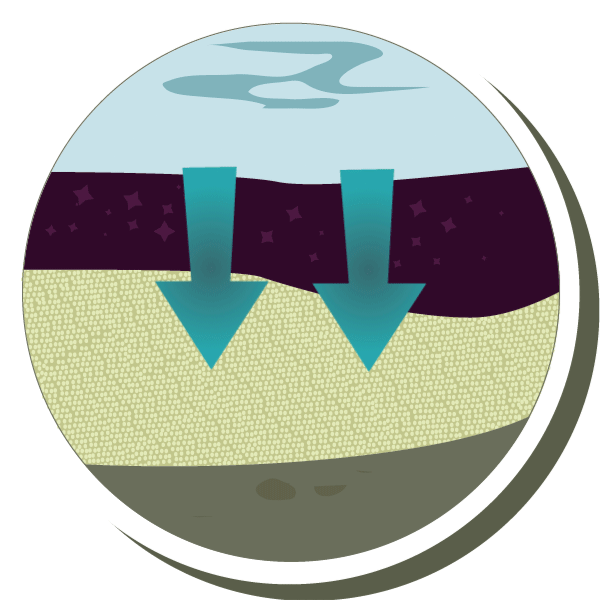
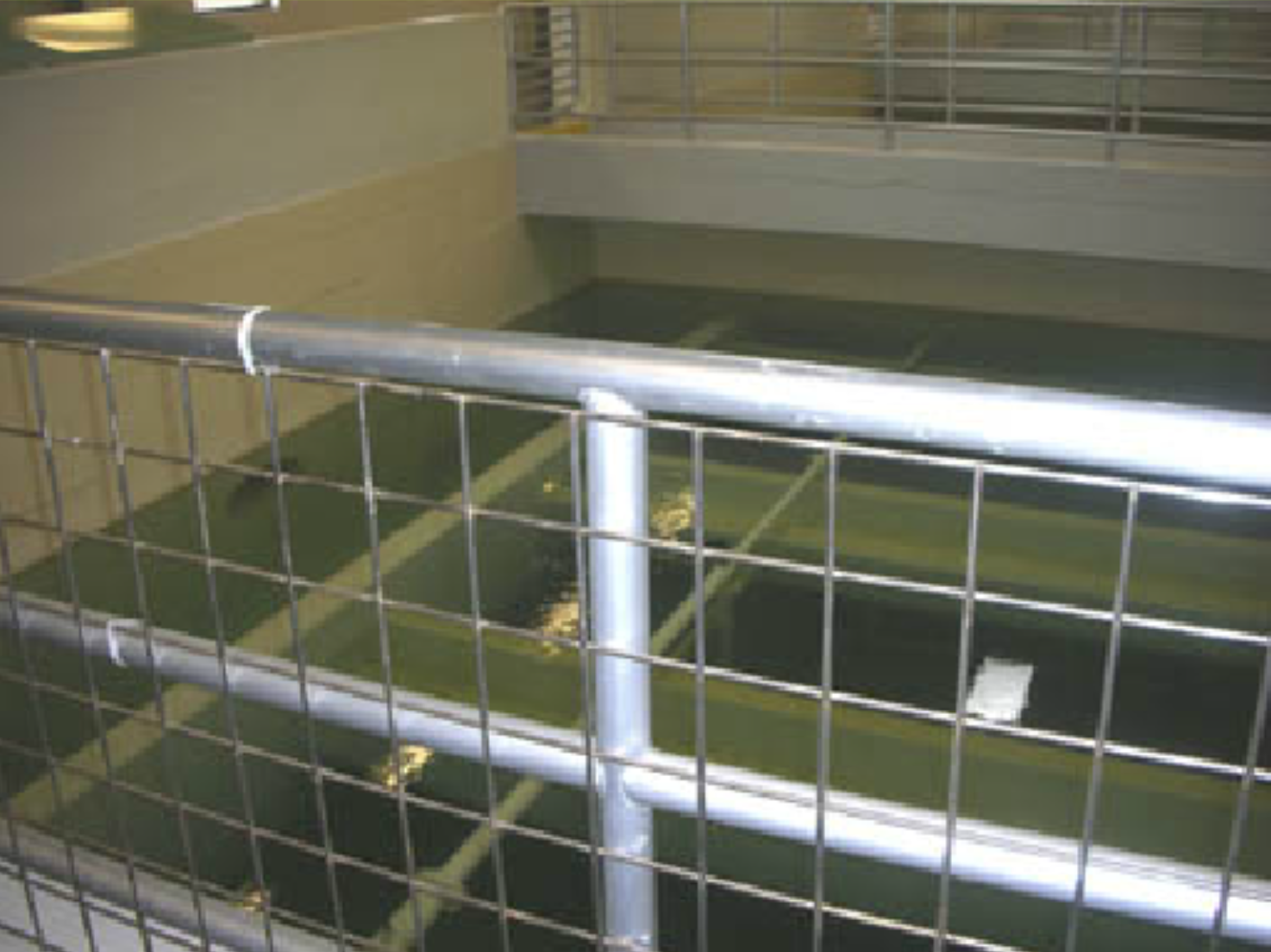
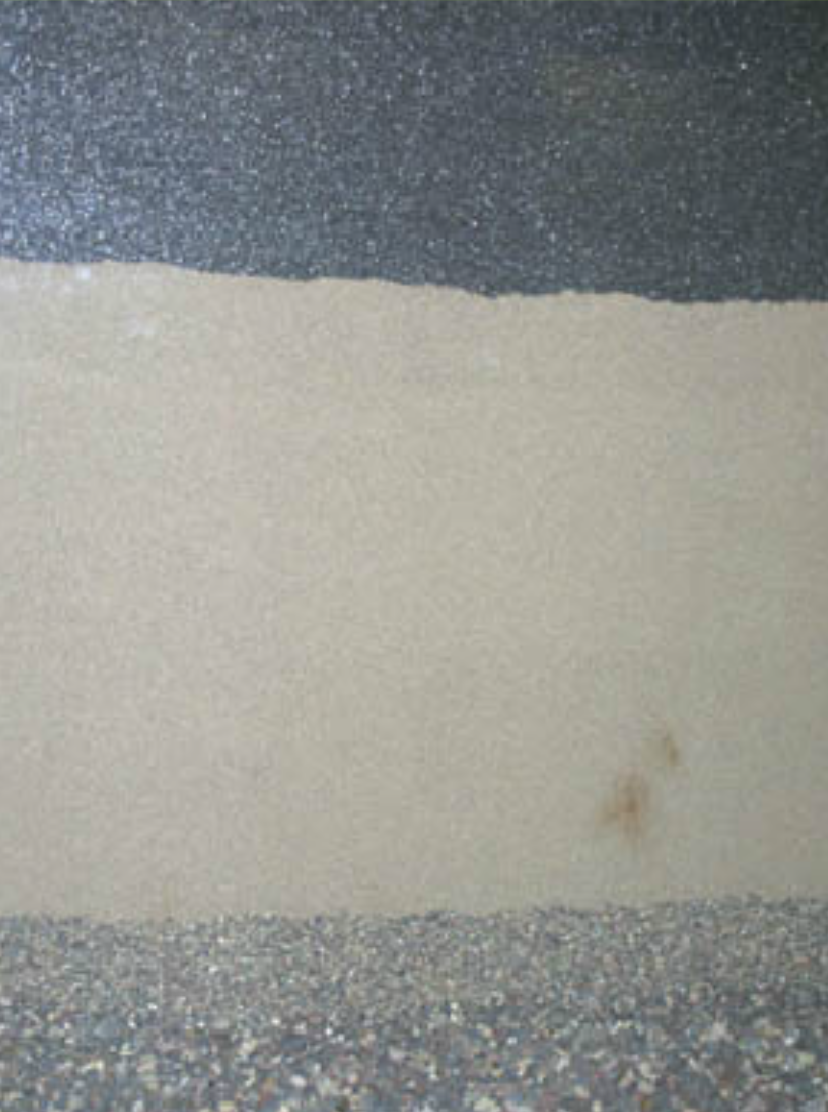

Disinfection rids the water of microbiological organisms, like bacteria, that can cause illness. Adding chlorine, like that used in swimming pools, is a common method of disinfection.
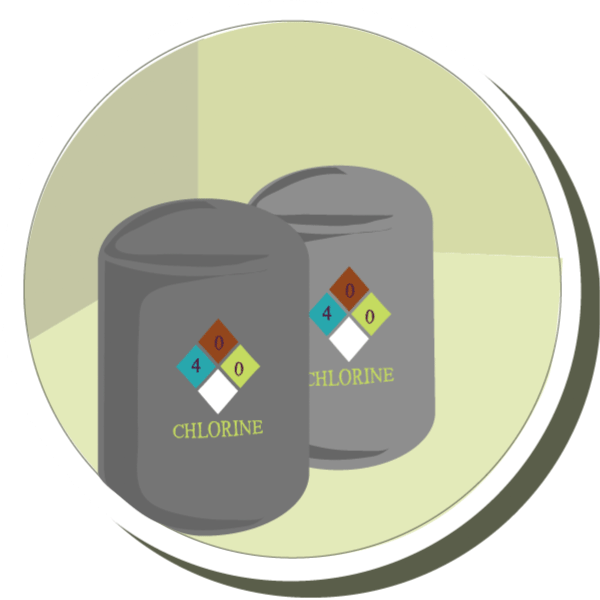
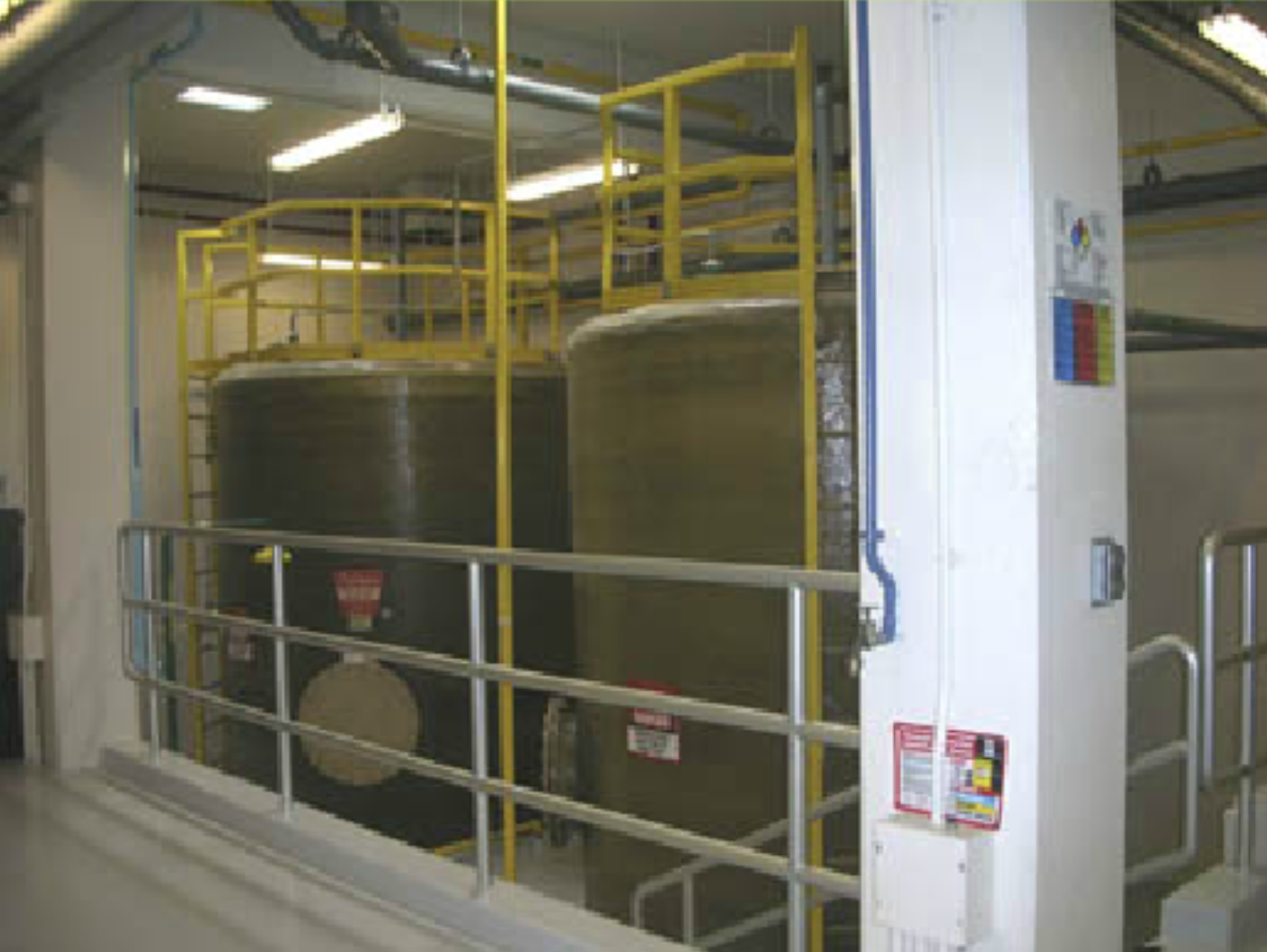

After water has been treated it flows into storage facilities such as towers or underground tanks, which can hold millions of gallons.
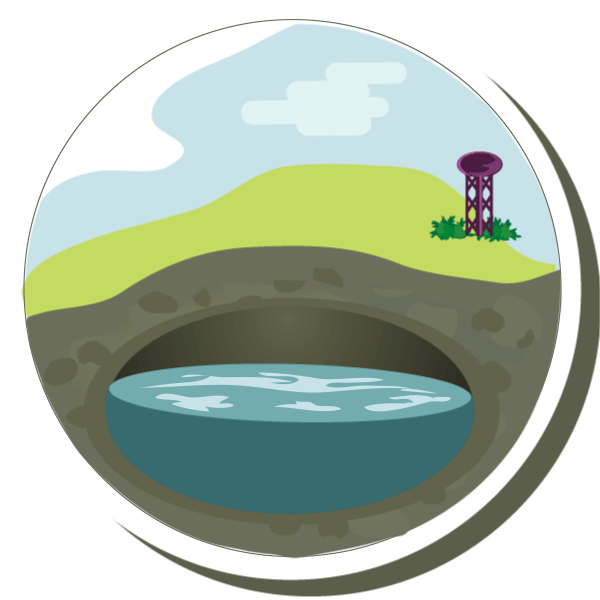
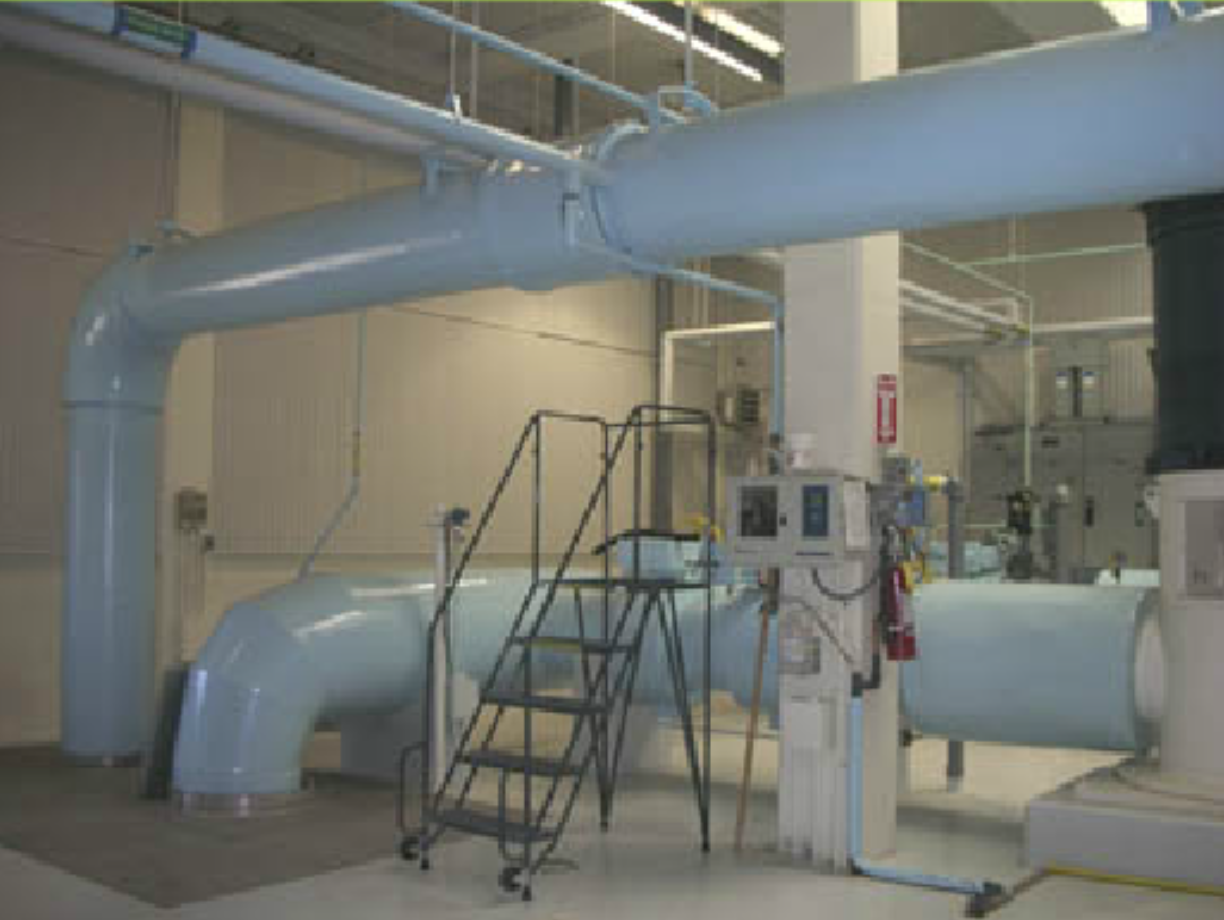
See all those pipes? That's how water gets into your house from the water.
Click on the hospots to get a closer look.
In Minnesota, there are about 18,000 mies of underground pipes in the water system. That length of pipe can stretch the length of the Mississippi river seven times!

Uh oh, it looks like we're got a problem here! Leaky pipes can make for colossal damage. Leaking water can eventually erode, or wash away, the underground soil. If this happens beneath a street, sinkholes can suddenly appear big enough to swallow a bus!
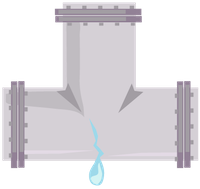
The oldest pipes in the Minnesota pipe system are 126 years old and some of the oldest were made out of wood.
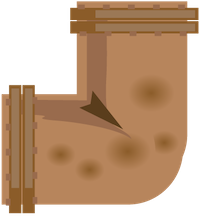
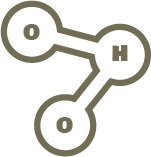

Look for the four links on the diagram to explore the parts of a water tower.
Water towers are usually over 100 feet tall, and are often located on high ground.
Gravity forces the water in the tower toward the earth's surface, creating water pressure for homes lower than the height of the tower. If a house has bad water pressure, instead of getting a good spray when you turn on the shower, all you get is a trickle.
The average tank of a water tower is extremely large—big enough to hold 1,250,000 gallons, or about 50 swimming pools!
The tanks are usually large enough to provide a full day's worth of water to the neighborhood. This is especially important in case of power failures or if fire trucks need to draw lots of water to put out a fire. With a big tank, the community won't run dry.
As water is used, the level in the tank drops and then more treated water is pumped in to replace it.
Water from the tank flows into pipes that feed the water from the tower to the houses in the community and through your shower head so you can wake up for that 7:30 math class.
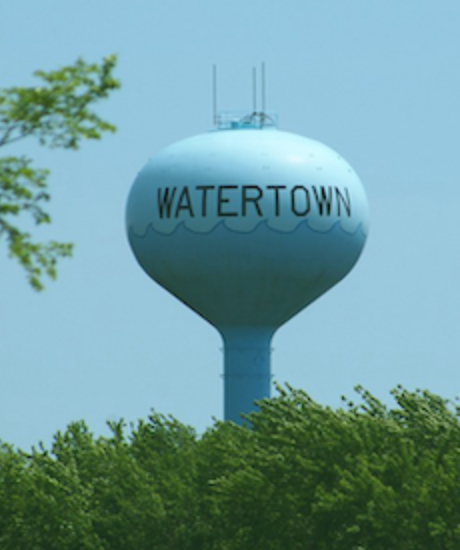
Minnesota has many weird and wonderful water towers all over the state.

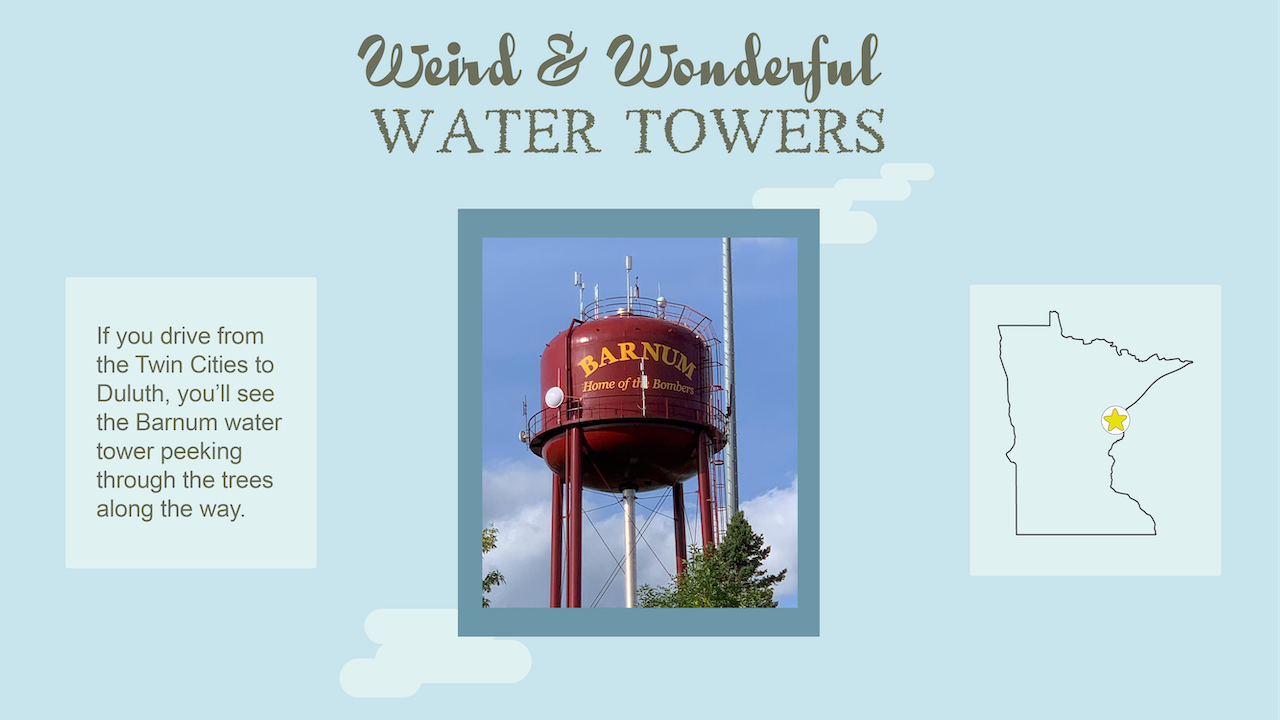
Go Deeper »
Animations reveal how groundwater moves through different Minnesota landscapes.
